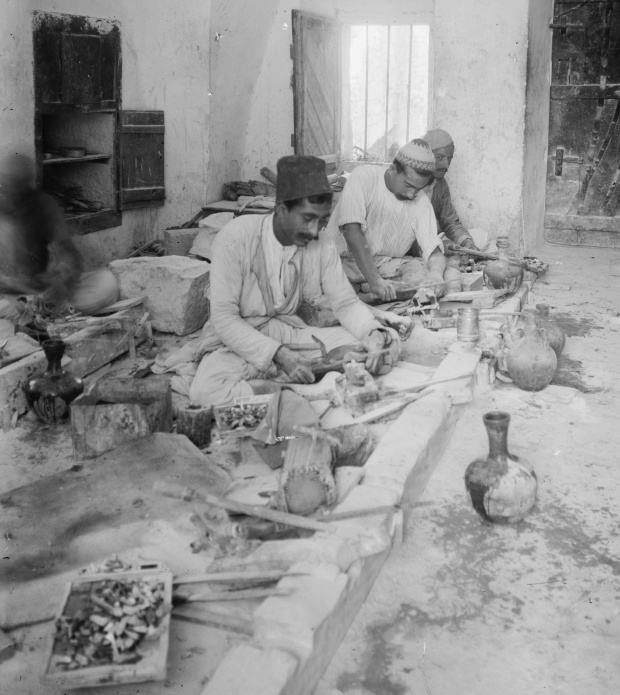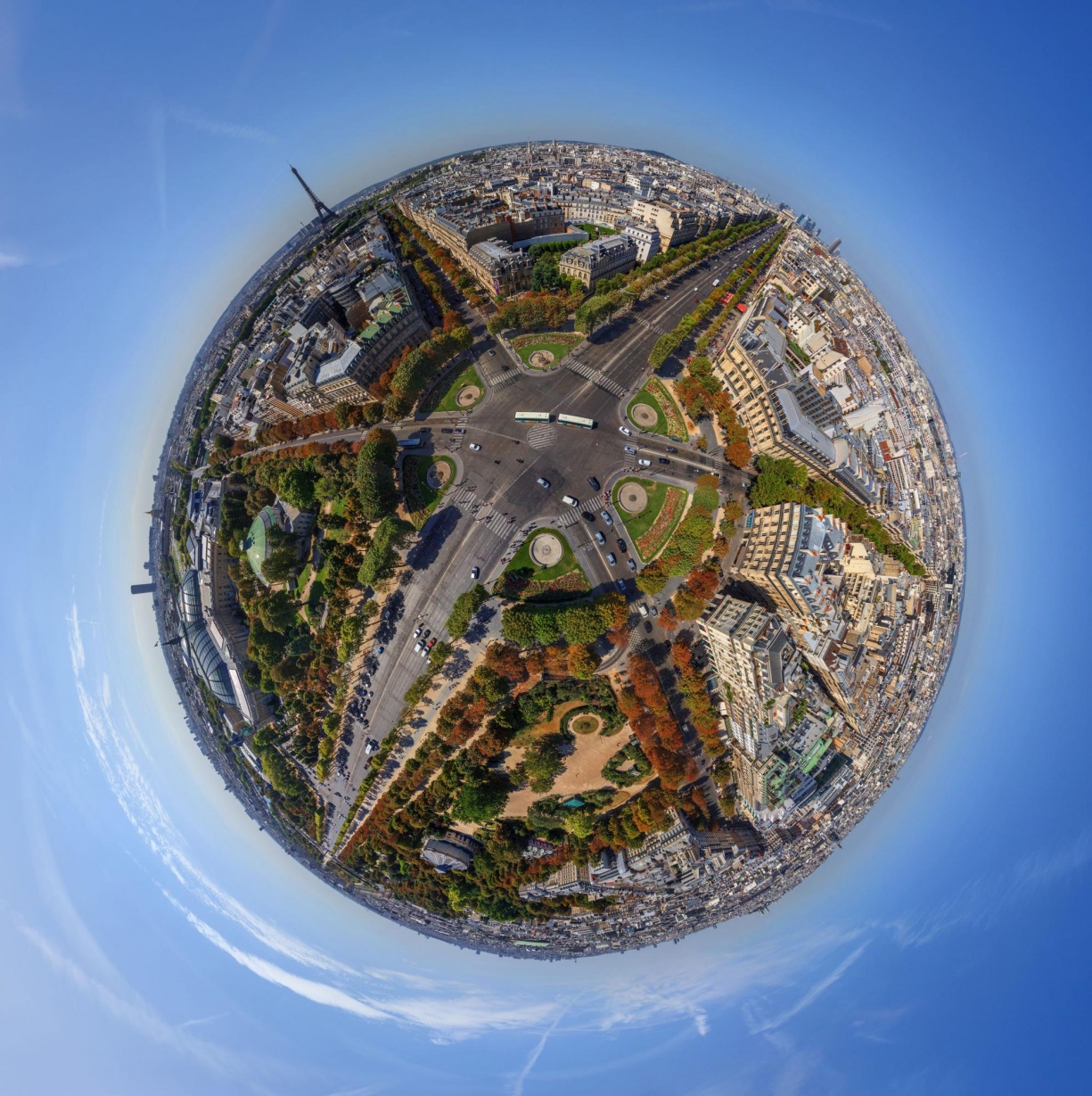Every iconic city around the world has a story that embodies the power of its spell. In Jerusalem, an average of 100 tourists a year are admitted to hospital following delirious episodes in which they believe themselves to be messiahs on a mission as the world approaches its end. In Paris, tourists are known to break down for failing to immediately find love, while in Washington DC, upon glimpsing the White House, some apparently suffer anxiety attacks brought on by the realisation that the world is controlled from the premises of such a tiny, insignificant building.
But what about Bethlehem – the 25,000-strong biblical town that is a staple of carols and nativity scenes each Christmas? Like many who were raised there, I have long been aware of a “Bethlehem syndrome” which casts its spell on residents and visitors alike. I just couldn’t put it into words.
Now, however, after 10 years working on Open Bethlehem, a film that paints a portrait of the city past and present, I can finally say I have figured it out.
The reason it’s taken so long is because of Bethlehem’s special relationship to Jerusalem, which leads everyone to believe they must be similar. The two cities are, indeed, like twin sisters – but Bethlehem is the one that had to keep sober. Being located only six miles away from Jerusalem, it was always close to the centre of power – yet far enough to enjoy a degree of freedom that would allow it to go its own way.

Bethlehem was quick to grasp the value of “Brand Holy Land” during the time of the Ottomans, who ruled Palestine from 1516 to 1917. Members of Jerusalem’s Ottoman administration would appear only on occasion, to collect taxes during harvest seasons, or enjoy binging sprees away from the eyes of their superiors – for which Bethlehem happy to offer rivers of wine and araq from the fruit of its famous vineyards. (In the frequent accounts of travel writers, Bethlehem is always described as a quaint hilltop town surrounded by forests of olives, grapes and figs.)
From our partners:
Maybe it’s because of this tradition that Bethlehem remains the rock-and-roll town of Palestine, with several nightclubs that, on Saturdays, attract flocks of youngsters from Jerusalem, Ramallah and Hebron – except that now the menus feature every shade of cocktail from gin-and-tonic to rose-water “blue lagoons”. And it is because of this freedom that Bethlehem was able to forge an identity of its own.
Franciscan monks played a big part in the story. Their mission in Bethlehem, as in other parts of Palestine, was to safeguard the holy sites of the Christian faith. Sensing the fragile nature of their welcome in a region ruled by a Muslim caliphate, the Franciscans sought to strengthen their presence in the Holy Land by forging closer links with Bethlehem’s native Christian community.

They opened schools and started workshops to produce devotional objects branded “Made in the Holy Land” – and Christian Europe could not get enough. At first, the main beneficiaries of this growing industry were the Franciscans themselves. But as early as the 18th century, Bethlehemites would stage a rebellion and go above the heads of the Franciscans to forge their own trade routes, travelling and establishing offices as far away as Russia, France and the United States.
(In 1881, Spanish immigration records from the Philippines show the entry of two Bethlehem traders into Manila to sell “goods from their country”. There was another likely reason for their visit: Bethlehem factories were looking for larger supplies of primary materials, and south Pacific mother-of-pearl would have held a special appeal.)
By the 19th century, at the peak of Bethlehem’s souvenir trade, the networks of this small Middle-Eastern conurbation – known to the world as the “little town” – became superbly exuberant. Like the ship builders and seafarers of 16th-century Europe, its residents cast themselves wide into the world. The name “Bethlehem” gave them a sense of entitlement, and the entire place competed to produce increasingly more intricate and sophisticated designs. Their craftsmanship became so prized that pretty much all of the products sold in Jerusalem, Syria and Lebanon, if labelled “Made in the Holy Land”, were produced in Bethlehem.
Bethlehem’s trade soon turned into a multimillion dollar industry that brought the town enormous wealth, unique global links, and a broad outlook. Opulent Ottoman palaces emerged all over the city, and every Bethlehemite expected to live in one.
When you speak to older people in Bethlehem today, they like to remember the golden age of the city. From the Dabdoubs to the Nassers and the Hazbouns, there are countless stories of Sinbad-like characters who had ventured out with bold initiative to make their fortunes. They were not always above board.
We have our conmen too, but Bethlehem celebrates them nevertheless. A well-known bon viveur by the name of Sami Khamashta made his fame by living half his life disguised as a Bethlehem priest. He toured Europe several times over, collecting funds from gullible Christian institutions to support his extravagant way of life. He was briefly caught and jailed for fraud in Germany but, with the help of a fellow Bethlehemite, he was soon able to stage a spectacular escape.
These stories are like mantras in Bethlehem; their recitations are not idle storytelling. My generation caught the tail of the golden age: we still enjoyed wealth, had an excellent education, and inherited the ambition of the old Bethlehemites – but the freedom and opportunities previously enjoyed were gone.
I grew up under direct Israeli military occupation. Every move we made had to be approved by the military. Even basic repairs to one’s home would sometimes be liable to security checks, and have to be submitted for approval. We were not allowed to move from city to city, let alone engage in export and import activities. We were not allowed to establish institutions or local city councils. We could not run elections, and were even threatened for owning “serious” books about history, economics or politics. The Israeli army would regularly raid neighbourhoods in order to catch the culprits.
That was the 1970s. In the 80s, with Bethlehem at the vanguard of the Palestinian national movement, our links with the outside world were further curtailed, and fax machines joined the list of outlawed possessions. Denying people the right to self determination was never going to be a simple undertaking. It required perpetual use of force and restrictions which permeated every aspect of life and imposed a prison-like environment on all of us living in Bethlehem.
The stories of the old people were meant to keep us alert. They wanted us to know what we were being denied and, thanks to them and the few spectacular buildings – such as the Jacir Palace hotel and Dar Sitti Aziza – that still decorate the city’s skyline, we do. They stand in contrast to the Israeli settlements, and the wall that today confines residents of Bethlehem to only 13% of the town’s original territory – having confiscated most of Bethlehem’s cultivated lands, including Cremisan, the last remaining winery in the whole of Palestine.
This Christmas, as I tour the UK with my new film, I am acutely aware of my kinship with those old Bethlehemites. I have caught the Bethlehem syndrome, and am putting my faith in the power of this little town’s brand. If we can succeed in telling our story to millions of people, we might yet restore Bethlehem to something like its former fortunes. This time, though, we are not looking for diamonds and gold, but freedom of movement and self-determination.
This feature was written by Leila Sansour is the founder and executive director of Open Bethlehem and originally appeared in The Guardian.














